Astronomy enthusiasts were treated to a delightful experience on Wednesday, August 30, as a rare celestial event, known as a Super Blue Moon graced the skies worldwide.
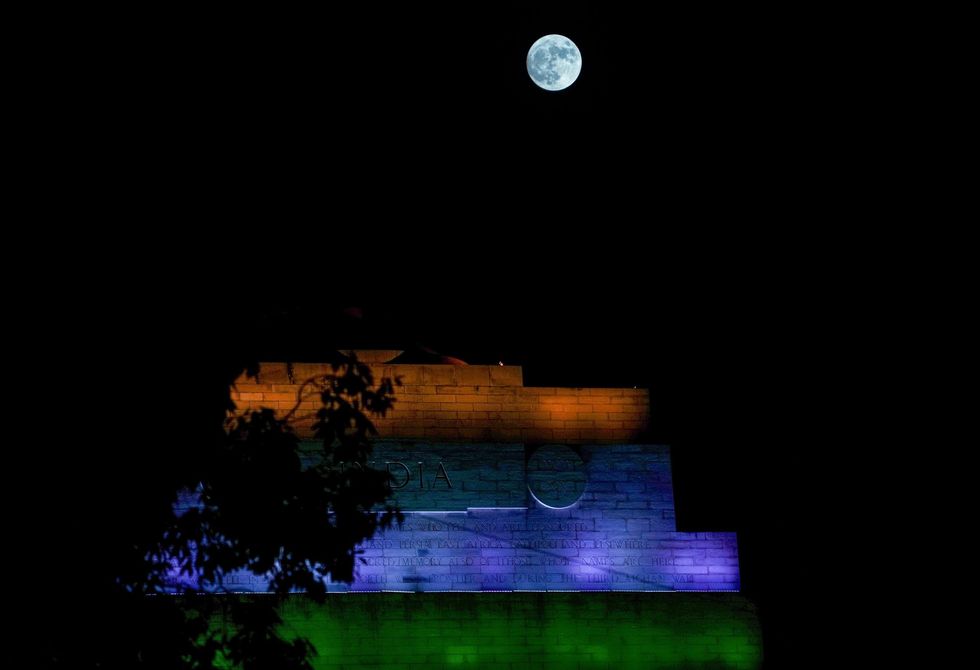
Supermoons occur when the moon reaches its perigee, the point closest to Earth in its elliptical orbit, making it appear approximately 14 per cent larger and slightly brighter than when it is at its farthest point.
The convergence of a supermoon and a blue moon is an infrequent occurrence, making the moon on that Wednesday night a rare sight.
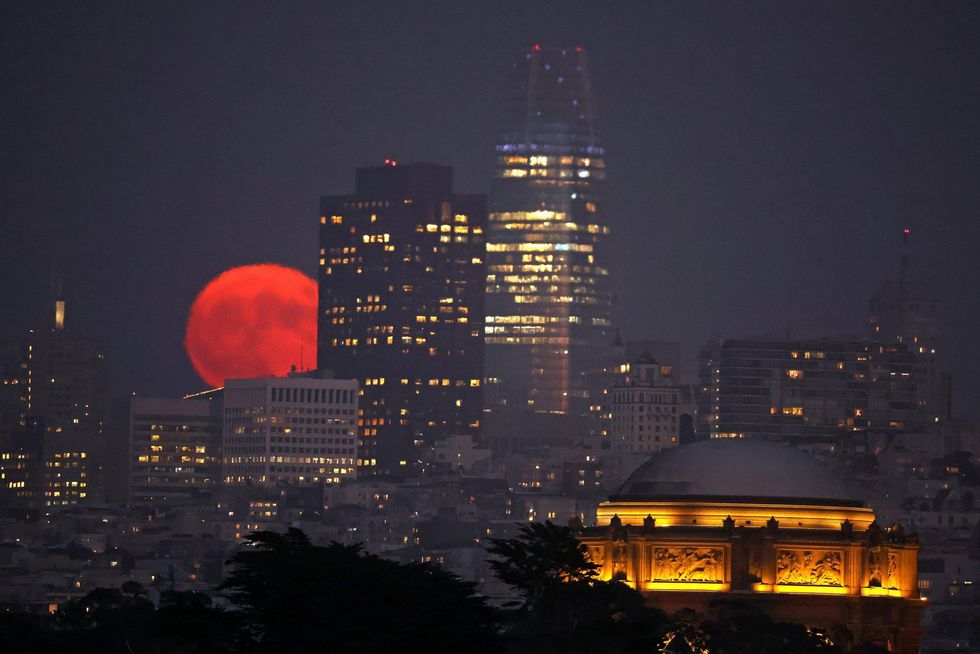
Super blue moons typically happen approximately once every decade, according to NASA, and the next one is not expected until January 2037.
This particular supermoon earned its distinction by being the second full moon in the month of August, following the first on August 1.
Despite the term "blue Moon," it does not indicate the moon's colour; rather, it signifies the occurrence of two full moons within a single calendar month, a phenomenon made possible because lunar cycles are slightly shorter at 29.5 days compared to the 30 or 31 days in a calendar month.
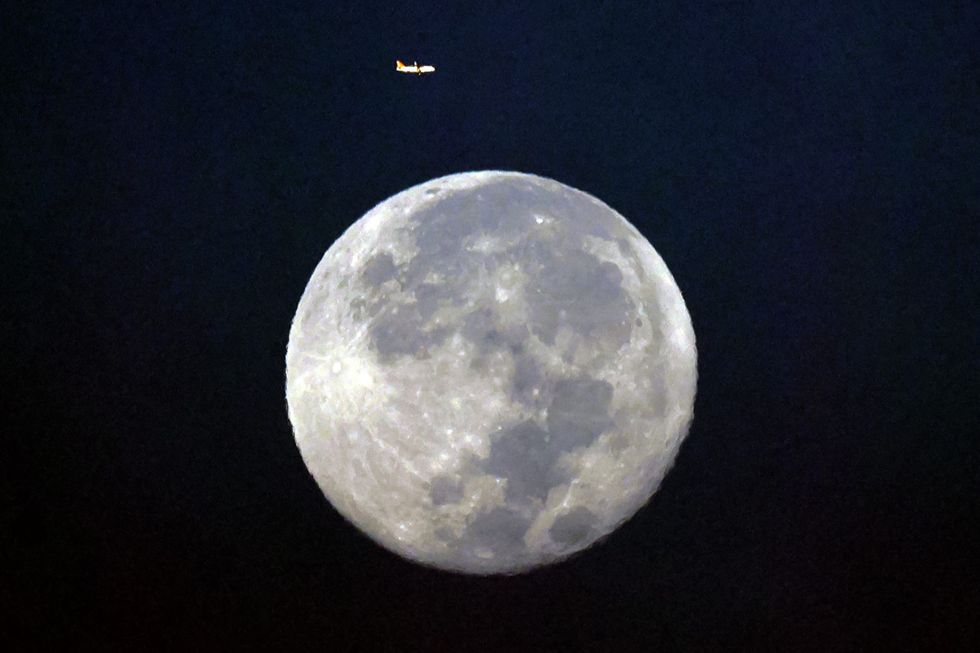
It is possible, however, for the Moon to take on a blue hue in the right circumstances. This can occur as a result of smoke or dust particles in the atmosphere scattering red wavelengths of life, such as following the eruption of Krakatoa in Indonesia in 1883.
Dust from the event "turned sunsets green and the Moon blue all around the world for the best part of two years," according to Sky & Telescope magazine. A more recent example may have occurred after 1950's Chinchaga Firestorm, a huge blaze that consumed the northern boreal forests of Canada.
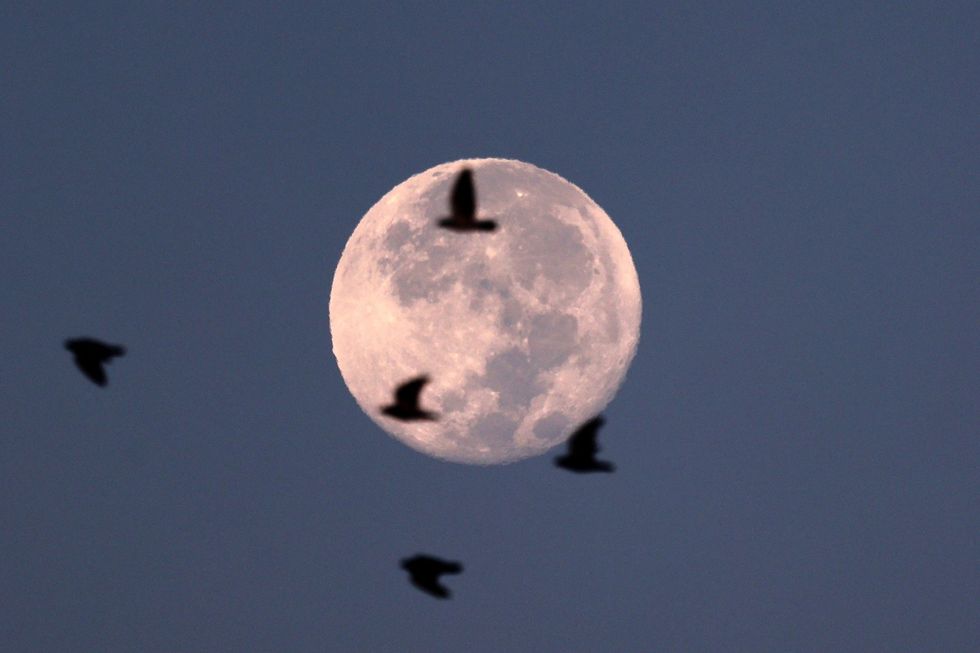
The last super blue Moon appeared in December 2009, with the next set to happen in close succession in January and March of 2037.
The English expression "once in a blue Moon," signifying something exceptionally rare, has its roots dating back hundreds of years, where it was used to describe someone making outlandish or absurd claims.
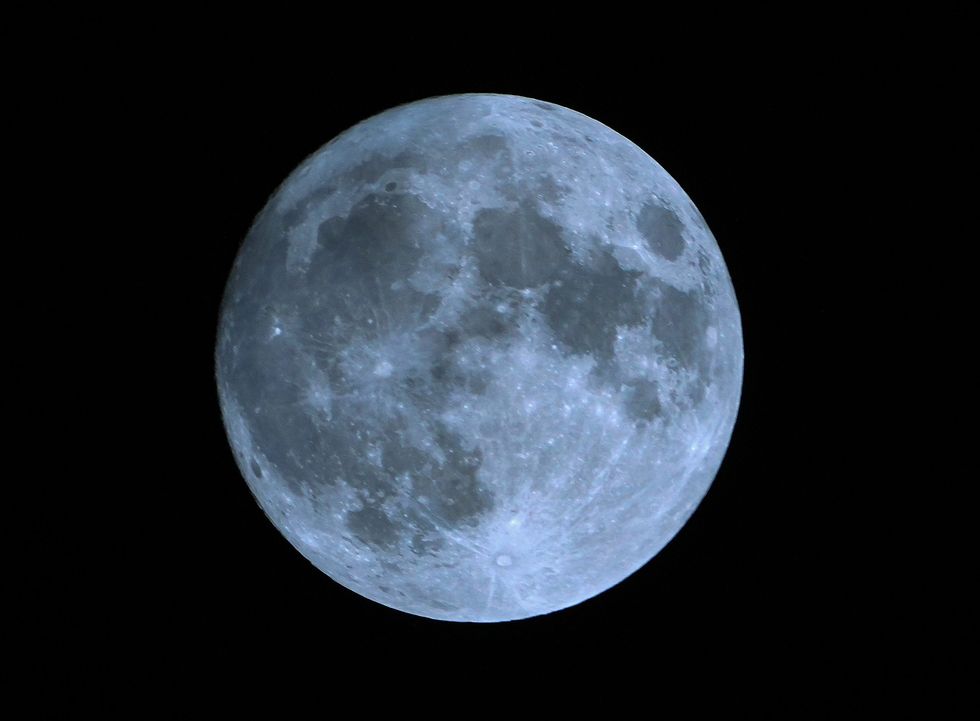
Full Moons are defined by the exact moment they are opposite the Sun. Reportedly, the blue moon was at its brightest around 9:30 pm (IST), while the blue super moon reached its peak brightness at approximately 7:30 a.m. (IST) on August 31.
The worldwide visuals of the super blue moon indeed provided a rare spectacle.
(With inputs from AFP)

















Moglai Bap and Mo Chara of Kneecap perform at Glastonbury Festival at Worthy Farm in Pilton, Somerset, Britain, June 28, 2025. REUTERS/Jaimi Joy
Police may probe anti-Israel comments at Glastonbury
BRITISH police said they were considering whether to launch an investigation after performers at Glastonbury Festival made anti-Israel comments during their shows.
"We are aware of the comments made by acts on the West Holts Stage at Glastonbury Festival this afternoon," Avon and Somerset Police, in western England, said on X late on Saturday (28).
Irish hip-hop group Kneecap and punk duo Bob Vylan made anti-Israeli chants in separate shows on the West Holts stage on Saturday. One of the members of Bob Vylan chanted "Death, death, to the IDF" in a reference to the Israel Defense Forces.
"Video evidence will be assessed by officers to determine whether any offences may have been committed that would require a criminal investigation," the police statement said.
The Israeli Embassy in Britain said it was "deeply disturbed by the inflammatory and hateful rhetoric expressed on stage at the Glastonbury Festival".
Prime minister Keir Starmer said earlier this month it was "not appropriate" for Kneecap to appear at Glastonbury.
The band's frontman Liam Óg Ó hAnnaidh was charged with a terrorism offence last month for allegedly displaying a flag in support of Iran-backed militant group Hezbollah at a concert in November. He has denied the charge.
A British government minister said it was appalling that the anti-Israel chants had been made at Glastonbury, and that the festival's organisers and the BBC broadcaster - which is showing the event - had questions to answer.
Health secretary Wes Streeting said he was also appalled by violence committed by Israeli settlers in the occupied West Bank.
"I'd also say to the Israeli Embassy, get your own house in order in terms of the conduct of your own citizens and the settlers in the West Bank," Streeting told Sky News.
"I wish they'd take the violence of their own citizens towards Palestinians more seriously," he said.
(Reuters)